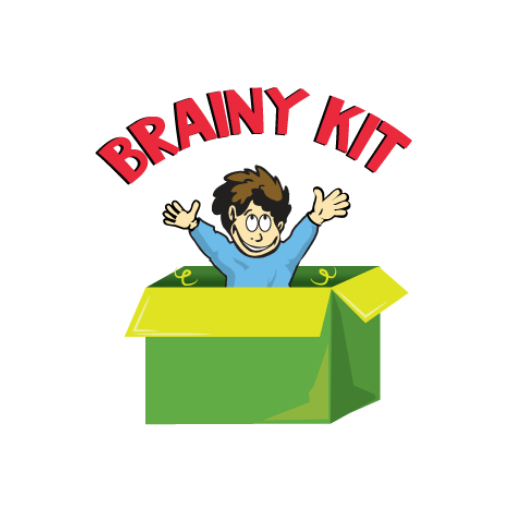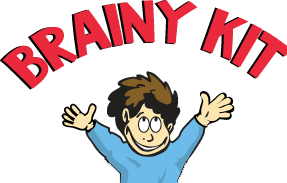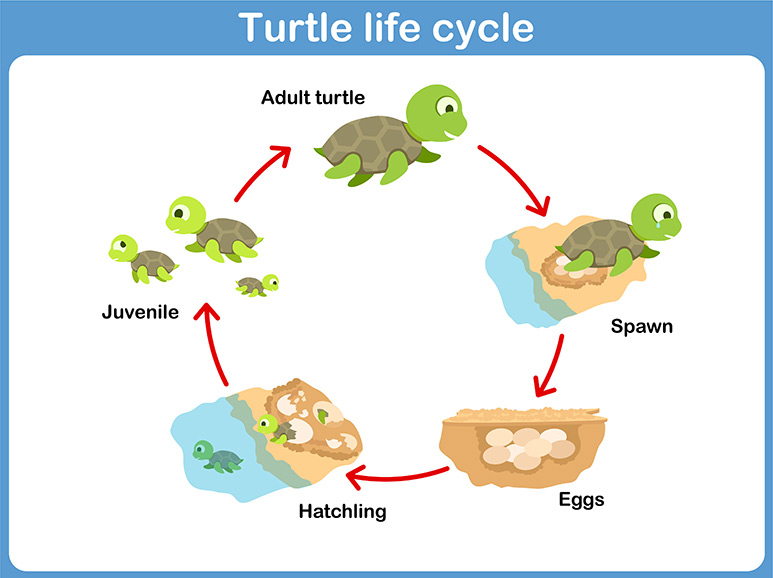This kit contains a PDF file with the following materials:
- Seven lesson plans
- Six charts
- 39 3 part cards
- 21 Labels
The file does contain the following materials, which you can purchase separately:
- Buildings and Structures Puzzle (Similar puzzle)
- Amazing buildings book
- Craft sticks
- Wood glue
Additional recommended materials:
Buildings and Structures: Learn about bridge building (and build a bridge), explore a worksite and learn about what it takes to create a structure, travel the world and learn about amazing structures on 5 continents and much more. Custom Montessori puzzle with a beautiful suspension bridge design exploring all its parts is included.
This is a downloadable file. After you purchase, do not close the window – you will be able to download right after checkout. If you have any trouble, please contact us.
Suggested price: $9.95
Suggested price: $9.95
Receive high-quality materials that include everything you need to implement 7 hours of lesson plans and hours of extension activities. Feed your child’s curiosity and allow their natural love of learning to blossom. No preparation time for you – everything they need to learn is included in our complete kit, including a detailed instruction manual for you. Have fun learning with your child, subscribe today.
Building and Structures Kit – Montessori Presentation 3 of 7
Materials Needed:
- Activity 1 – loads on different types of bridges chart – complete; Labels – suspension, beam, arch.
- Cards – Brooklyn Bridge, Charles Bridge, Pont Neuf, Windsor Bridge, Cape Cod Canal Bridge, Gerola Bridge, Mitinski Metro Bridge, Sydney Harbor Bridge, Golden Gates Bridge, Tower Bridge.
- Activity 2 – 3 pairs of thick hardcover books for supports, stack of paper, paper clips, pennies, toy cars, or small blocks to use as load, ruler, glue, and scissors.
- Montessori mat (if desired)
Purpose: Students will learn the basic differences in three types of bridges.
Vocabulary: bridge suspension, beam, arch, abutments.
Suggested time: 45 min- 60 min
Activity 1
- Invite your student to join you at a workplace.
- Say, “We will now learn about different bridge designs.
- Place the loads on different types of bridges chart in front of your student.
- Explain that in a beam design, the weight of the load is passed along the beam, down through the bridge supports into the ground. Say, “Trace your finger along the beam, as you trace notice that the support is holding the weight in different places. The weight of the beam is supported by one support when the weight is directly on top of it, and the weight is supported by two supports as the weight moves between supports.”
- In a suspension design, the load pulls down on the hangers, which pull on the cables. Ask, “Where are the cables on the chart?” The cables pull on the towers and anchors, and the anchors pull back, or resist the pull on them, because they’re heavy and buried in the ground.
- In an arch design, the weight is carried along the curve to the abutments (the supports at the ends that rest on the banks) and into the ground. Ask, “Can you find the abutments on the chart?”
- Assess your student’s understanding by placing a label in front of him or her and asking to describe the specific characteristics of each type of bridge.
- Instruct your student to sort the 9 pictures of bridges into three different types using the labels as headings.
Activity 2
- Clear your work area – you will need lots of space.
- Explain that shapes are important when making strong bridges. Say, “We will test this out by creating three types of bridge shapes.”
- For the first type of shape, stand the pairs of books upright like bookends, each about 6 inches apart. Place a piece of paper across the first pair.
- For the second type of shape, curve a piece of paper upward and tuck its ends inside the book covers.
- Gently add paper clips, one by one, to the middle of each bridge.
- Ask, “Which one can take more load before it begins to sag?”
- For the third type of shape, accordion-fold a piece of paper lengthwise. Place it across the top of a third pair of books.
- Ask, “Which of bridges do you think is the strongest?” Instruct your student to test his or her guess by adding load to one of them until it folds. See if the other two can carry the same or more load. Ask, “Did you guess right? What could you do to make the strongest bridge even stronger?
Differentiated Activities:
- Imagine that you had to build a bridge to connect any two pieces of furniture in your home. What materials would you need to create a bridge? What type of bridge will it be?






